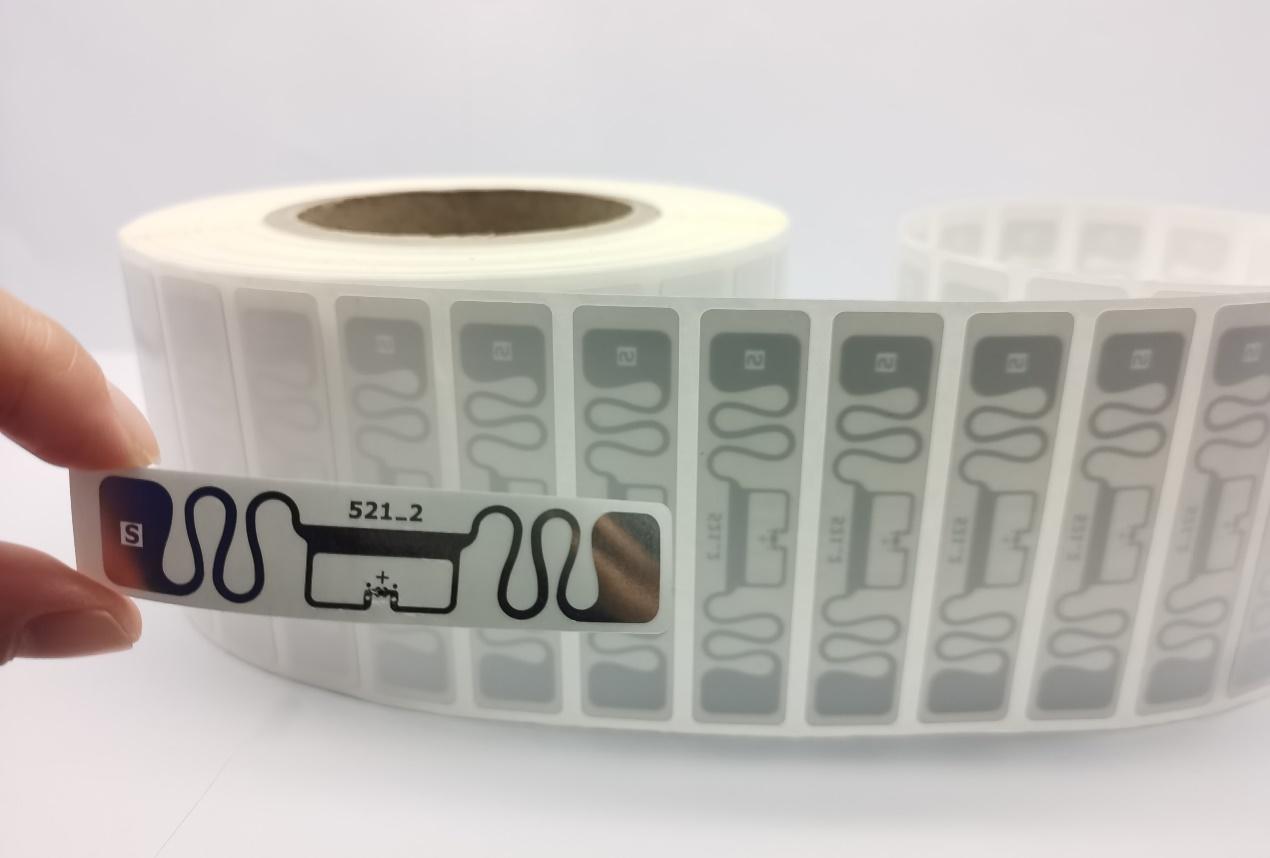What are the Market Trends and Challenges of RFID?
Key Trends for RFID Market
Trend 1:RFID for retail industry
In retail, an RFID tag attached to an item sends a signal to an RFID reader, which is then processed by software to provide real-time results on transactions, inventory, or individual customer purchase order histories. RFID tags in retail can also be used to prevent theft and track items that are often moved and misplaced. Amazon and Walmart have successfully applied RFID development into their daily operations, allowing them to outperform other brick-and-mortar retail enterprises.
Trend 2: Control and traceability requirements of food production
RFID tags are used in food safety management, traceability and inventory management. Complete food traceability involves multiple links such as production, circulation, testing and sales. The United Nations’ Food and Agriculture Organization (FAO) estimates that 1.3 billion metric tons of food are wasted globally each year. Governments and businesses around the world have begun to take steps to significantly reduce food waste as a means to increase sustainability and minimize the impact on the environment.
Trend 3:RFID for vaccine safety
Although the global RFID market sales declined by 5% in 2020 compared to 2019, the market rebounded well in 2021 due to the impact of COVID-19. RFID technology has proven to be very useful in dealing with all aspects of the COVID-19 pandemic. During the COVID-19 pandemic, the healthcare industry is using RFID-enabled technology to improve the tracking and security of vaccines against various viruses. Manufacturers, hospitals and clinics are using RFID tags to track vaccine doses and protect against expired or counterfeit vaccines.
Trend 4: RFID for Geolocation
Geolocation is defined as the identification or prediction of an object’s geographic location in the real world. It can be accomplished via Wi-Fi, GPS, Bluetooth, RFID, cellular network transmission and other technologies. Retailers and brand owners are using geolocation to attract customers and add value to their products.
Trend 5: RFID for Employee Credentials
Employee credential is another trend that is helping to boost RFID adoption. RFID is increasingly being used to create customized employee credentials. Many organizations are moving away from using passwords and PINs to passwordless authentication using using Identity Access Management (IAM) solutions. Such systems are usually in the form of secure smart cards using RFID technology.
Four challenges for the RFID industry
However, if you are fully committed to RFID technology, it is wise to consider these challenges.
1. Future costs will be higher:
RFID data processing capabilities will be more and more powerful, and the demand for software will increase. Enterprises need a powerful data management platform that includes back-end databases, applications, and the right analytics capabilities to handle the massive amounts of data generated by RFID systems. Otherwise, enterprises may be overwhelmed by a large amount of data and cannot enjoy the benefits of RFID technology. In the next few years, software will be a very important part of RFID project expenditures, and in some applications, it will even exceed the cost of hardware. For enterprises using RFID technology, how to reduce costs and improve management efficiency will be a very pressing issue in the future.
2. Difficult to master RFID technology:
Understanding the different RFID tags and frequencies and how to use RFID equipment can be a challenge if you are not a veteran of the industry. A business can invest in the wrong technology if it does not fully understand all the variables. Managers need to understand the technology well enough so they can train employees on the ins and outs of RFID and new workflows.
3. Problems with metals and liquids:
Because of the UHF RFID tags have retro-reflective characteristics, making it more difficult to apply in metals, liquids and other goods. For metal, the problem stems from the radio waves bouncing around. Liquids can cause serious damage to RFID because it can absorb the signal sent by the tag.
4. RFID collision problem:
RFID readers and tags collide when there is interference between multiple readers or when multiple tags reflect. Due to reader conflicts, workers may experience interference from another reader on site. This happens when more than one tag reflects a signal, which confuses the reader.
The RFID industry is growing rapidly and will continue to grow over the next five years. UHF RFID tags are the fastest growing segment, while logistics and supply chain management are the fastest growing applications. RFID is important for vaccine safety and contactless interaction. With 14 years of industry experience, Nanning XGSun can design and produce the right tag for your needs. Please do not hesitate to contact us if you need any help!
Post time: Dec-23-2022


